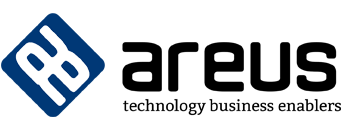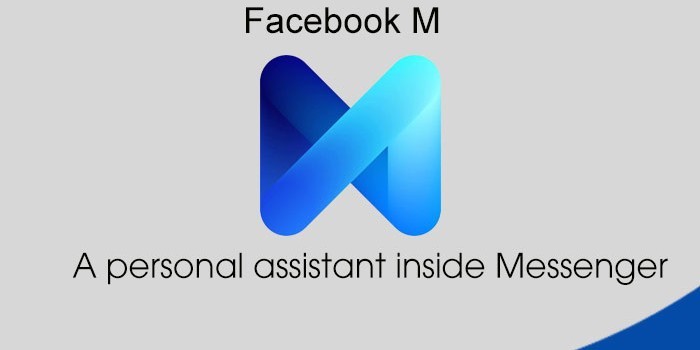 If we were to ask you what your strategy to achieve progress and company growth is, what would you think about? When asked this question, many people out there would think about sales. Therefore, the human factor is the first thing that should come to mind when thinking about your company growth. Employees are the engine powering your company, and an organisational process could be considered the fuel. No engine runs without fuel, right?
If we were to ask you what your strategy to achieve progress and company growth is, what would you think about? When asked this question, many people out there would think about sales. Therefore, the human factor is the first thing that should come to mind when thinking about your company growth. Employees are the engine powering your company, and an organisational process could be considered the fuel. No engine runs without fuel, right?
Whether you are already using a methodology for many years, it is always important to keep an open eye open to the new and innovative ones who proved their utility for successful companies.
Although, when it comes to managing complex web projects we know that so many companies still employ the down top – development process known as Waterfall. You are aware that it might take some time to get used to an Agile development process, but in the end, you can get those big advantages your business needed in the first place.
Simply put, an Agile development process has the potential to transform a waterfall development from slow releases to quick iterative release cycle. The good news is that no matter what your objectives are —you are looking for a competitive advantage or looking for an escape hatch—agile development puts the same benefits within your grasp:
Still, here is what you need to know from the beginning:
1. Be prepared from the start
What’s different in Agile development and in particular in Scrum teams is that every single day the team members gather together to keep each member up to date and help coordinate and synchronise their work. Each meeting is facilitated by the Scrum Master, and in particular, the team should address only three key topics in daily meeting: what was done since the previous daily Scrum meeting, what is the work plan until the next Scrum meeting and what impediments are being faced which may block the work?
2. Focus on short-terms
When it comes to bringing new practices into a team, old habits die hard. That’s why you should better prepare for less-effective scrum meetings at the beginning. It might take some time until your team will understand the practices and the meeting will go smoothly. To set the right foundation for the Scrum ritual, you should understand what you can get from the daily meetings and get all the support from the leadership.
3. Think about a hybrid model
Many companies that embrace an agile approach to software development avoid outsourcing because they believe agile does not work at a distance. But do you need to choose between outsourcing and practising agile? You could start thinking about a 50/50 onshore-offshore model.
4. Find a great manager
One of the fundamental tenets of any agile software methodology is the importance of communication between the various people involved in software development. And if you put in balance that offshore development is in your interest, then use your resources to improve the communication channels.
5. Let people know each other and train them
An excellent way to deal with misunderstandings between team members is to find the place and also the proper moment to gather them and speak about the project, understand the product and discuss ideas. Having the image of “effective communication” in mind, ask a potential development partner how it is typically organised in their company.
6. Choose the right partner
Probably you have a history on how to deal with clients in particular. Imagine what it takes to find the partner with whom to share same objectives and make them real. Look closely at their profile, investigate their proven track record.
7. Manage time zones difference
This delivery model emphasises more on project communication. If the daily meeting is done in an offshore team that you have to take into account that the whole global team has to have access to information in about the same time. You could overcome the time zone obstacle by using processes and technologies to empower people to engage, connect and collaborate.The Scrum Master or the Product Owner is in charge of finding time to plan the meetings, and he has to understand the business and its challenges.
We encourage your team to go beyond and above the traditional offshore business relationships to take responsibility, show initiative and release products quickly to the market. If you would like to find out more please contact us.
Share your thoughts in the comments, and let us know what do you think about agile processes.





